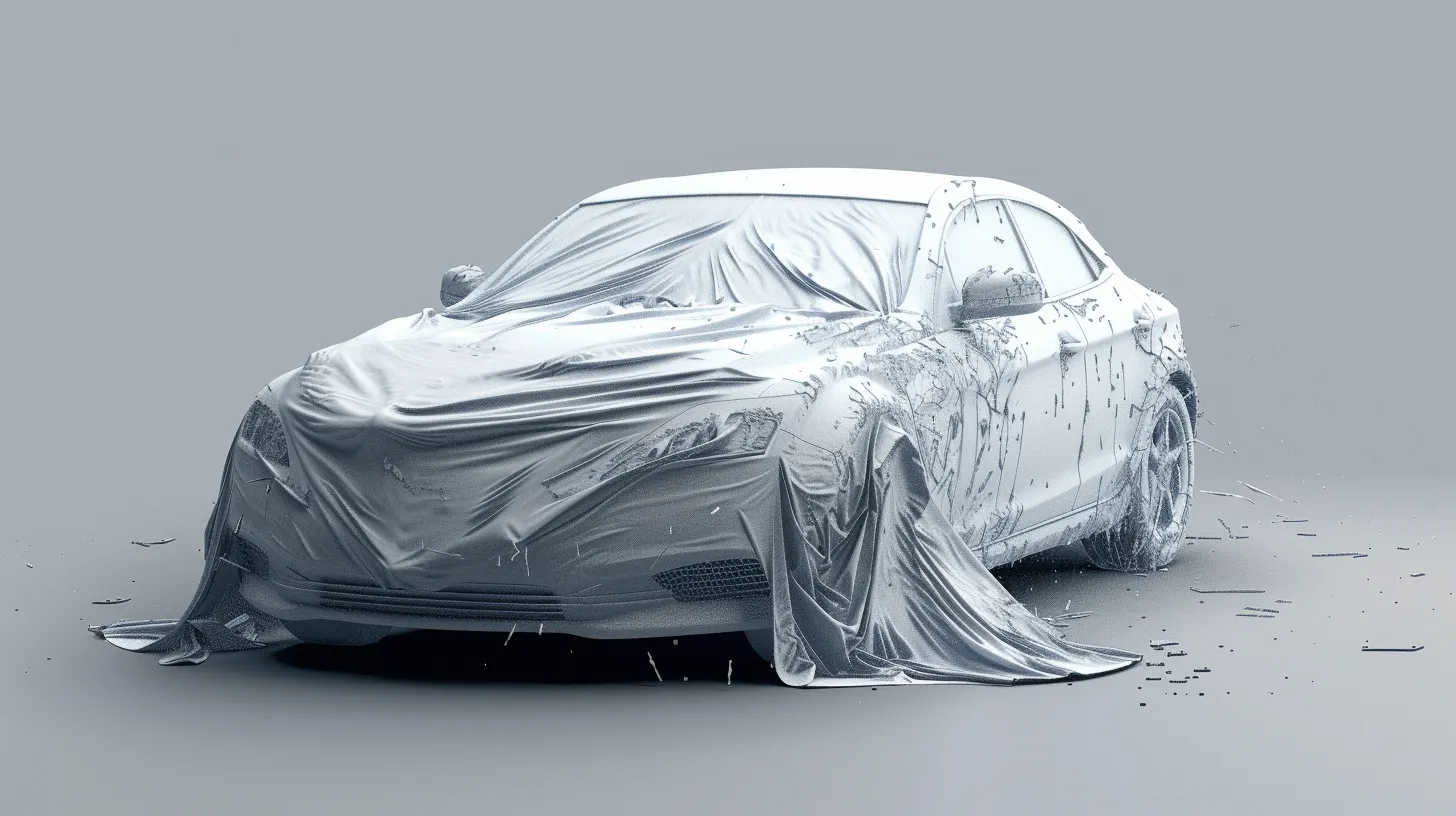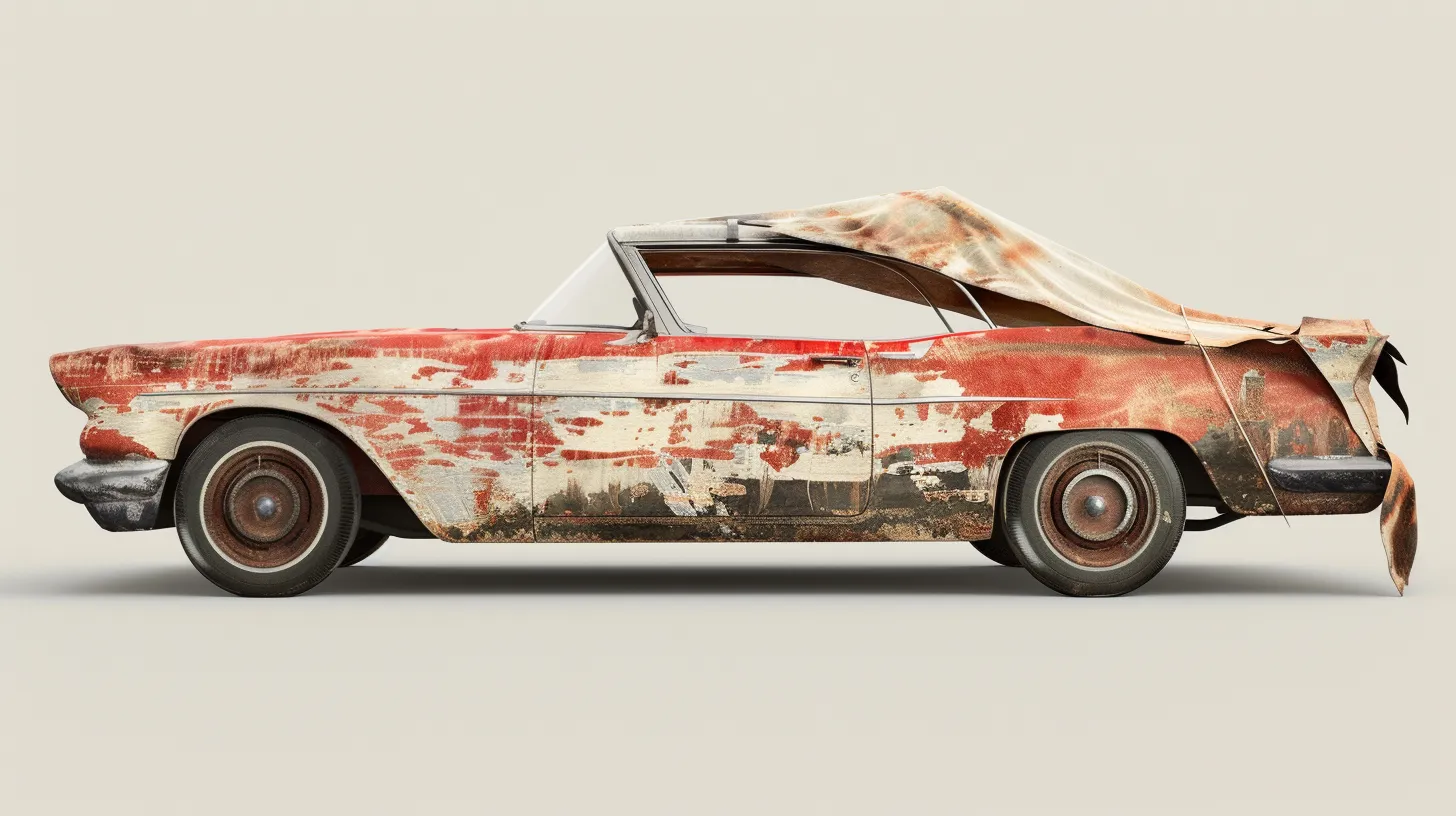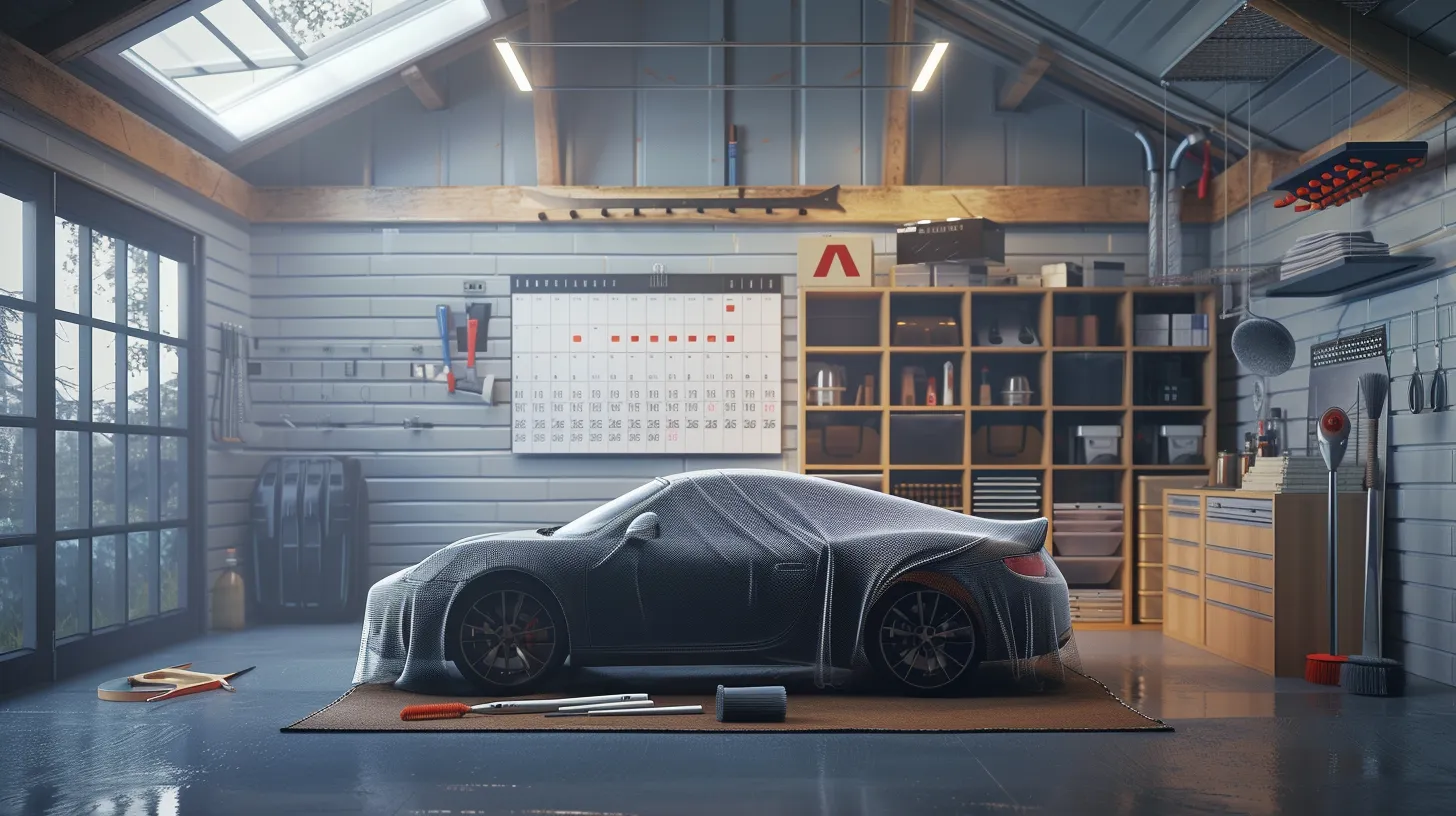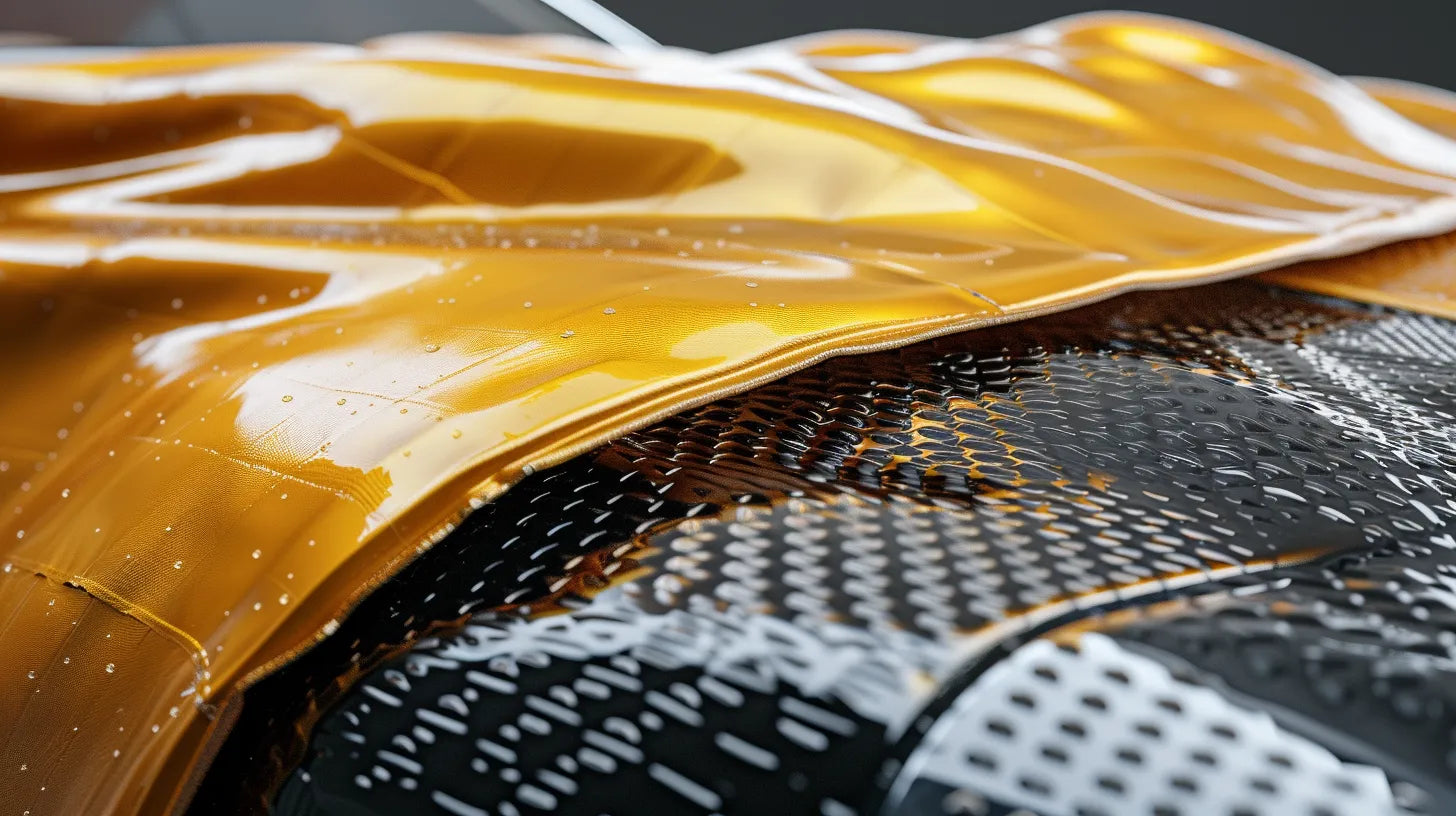In considering the protection of a vehicle's paint, car covers emerge as a practical solution, known for their safeguarding capabilities against environmental threats. Yet, the conversation around their use isn't devoid of controversy, with some arguing that they might do more harm than good.
The distinction between the benefits and potential risks lies in factors such as the material of the cover, its fit, and maintenance practices. As we navigate through these considerations, it becomes apparent that the key to preserving your car's aesthetic appeal might not be as straightforward as it seems.
This invites a deeper exploration into how one can strike the perfect balance between protection and care.
Understanding Car Cover Materials
Selecting the right material for a car cover is crucial to ensuring the paintwork remains undamaged and preserved in its pristine condition. When it comes to car covers, the choice of material is paramount in preventing scratches and maintaining the vehicle's aesthetic appeal. Soft materials such as cotton, flannel, or polyester are highly recommended for car covers. These fabrics are gentle on the car's paint, providing a layer of protection without the risk of abrasion.
In contrast, rough materials like canvas or plastic should be avoided as they can be harsh on the paint surface, potentially leading to scratches or other forms of damage. Another critical feature to look for in car cover materials is a soft, non-abrasive inner lining. This feature ensures that the cover provides gentle paint protection, safeguarding the car's finish from blemishes.
Moreover, it's important to steer clear of car covers that have sharp edges or rough seams, as these can compromise the paint's integrity. Opting for a car cover made from gentle, paint-protective materials without abrasive qualities or sharp edges is essential for preserving your vehicle's paintwork in its best condition.
The Role of Proper Fit

Achieving a proper fit is paramount when utilizing car covers, as it significantly reduces the risk of paint damage by preventing unnecessary movement and rubbing against the vehicle's surface. When selecting a high-quality car cover, the importance of proper fitting cannot be overstated. An ill-fitting cover can lead to friction against the paint surface, causing scratches and marring that detract from the vehicle's appearance and can lead to costly repairs.
Securely fastened covers that snugly conform to the vehicle's contours stay in place even during windy conditions, ensuring continuous protection of the paint. This is where custom-fit covers come into play, offering the most precise fit and minimizing the potential for cover-induced damage. Unlike generic covers, a custom-fit design ensures a snug fit without excess material, dramatically reducing the chances of friction-related paint issues.
Potential Risks to Paint

While car covers are designed to protect vehicles from various external elements, they can inadvertently pose risks to the paint if not used correctly. Cars covered with an outdoor car cover might experience scratches or marring on the paint surface due to the cover rubbing against the vehicle. This is especially true in windy conditions where the movement of the cover can create friction, leading to potential damage.
Furthermore, a water-resistant cover does not necessarily mean it's entirely waterproof. Moisture can become trapped underneath the cover, contributing to rust, corrosion, mold, or mildew formation on the paint surface. This trapped moisture is a significant concern, as it directly undermines the protective intent of using a car cover.
Exposure to UV rays is another factor to consider. While many car covers are designed to protect against UV radiation, direct exposure over time can still degrade the material of the cover, reducing its effectiveness and potentially harming the vehicle's paint underneath.
Lastly, improperly secured car covers may lead to flapping or shifting in strong winds, causing abrasion that can scratch or otherwise damage the paint. Ensuring a car cover is correctly fitted and secured is crucial to minimizing these risks and protecting your vehicle's finish.
Maintenance of Car Covers

Understanding the potential risks to paint from car covers highlights the importance of proper maintenance to ensure their protective benefits. Regular upkeep is crucial to maximize the life span of a car cover and safeguard the car's exterior from potential damage. Whether you choose a car cover for indoor or outdoor use, certain practices can help maintain its condition and effectiveness in protecting your cars.
-
Regular Cleaning : Both indoor and outdoor covers should be cleaned regularly to remove dirt and debris that could scratch your car's paint. For waterproof covers, ensure they are completely dry before use to prevent moisture-related damage.
-
Proper Storage : When not in use, store your car cover in a cool, dry place to avoid mildew or other damage that could compromise its protective qualities.
-
Use of Microfiber Blankets : Placing a microfiber blanket under an outdoor cover can add an extra layer of protection against scratches and paint damage.
-
Washing Microfiber Blankets : To maintain the protective barrier, wash and rinse microfiber blankets regularly, ensuring they are free from particles that could scratch the paint.
Adhering to these maintenance tips can significantly reduce the risks associated with car covers and enhance your overall car care routine.
Choosing the Right Cover

Selecting the appropriate car cover is a crucial step in ensuring your vehicle's paint remains pristine and unblemished. When choosing a car cover, the foremost factor to consider is the material. Opt for soft materials like cotton, flannel, or polyester, which are gentle on the paint surface and minimize the risk of scratches. Avoid rough materials such as canvas or plastic, which are more likely to cause damage to your paint job.
Furthermore, it's essential to find a cover with a soft, non-abrasive inner lining. This additional layer of protection safeguards against any potential harm to the surface when the cover is placed on or removed from the vehicle. A well-fitted car cover is also paramount. A fit car cover with secure fastening mechanisms helps prevent the cover from rubbing against the paint, which could lead to scratches, especially if the vehicle is stored in outdoor storage or exposed to the elements.
Choosing a car cover that won't scratch your vehicle involves careful consideration of the material, inner lining, and fit. By prioritizing these factors, whether you require an indoor car cover or one suitable for outdoor conditions, you can ensure your vehicle's paint job remains immaculate.










